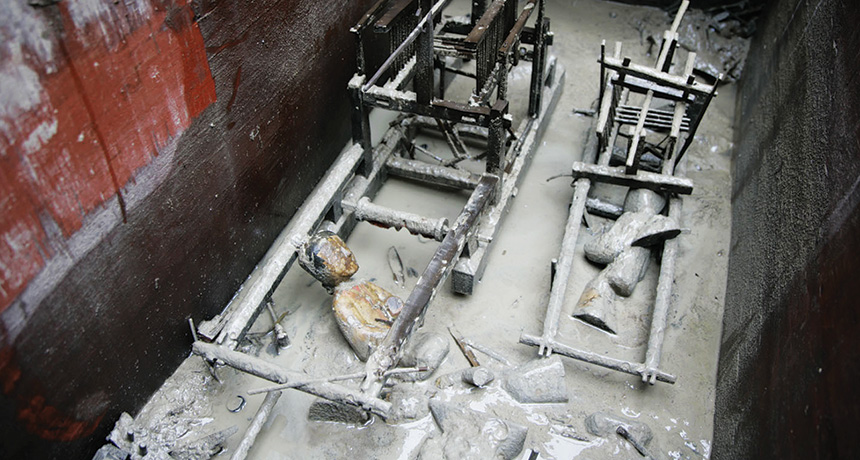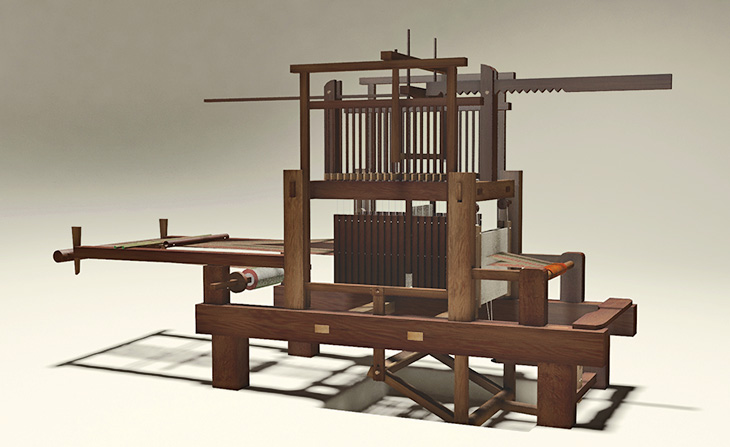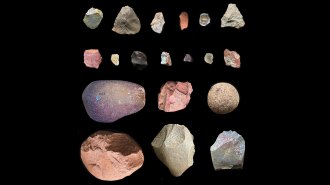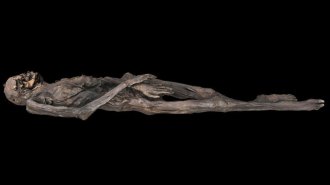Oldest evidence of patterned silk loom found in China
The technology fed the Silk Road trade

LOOM ROOM Excavation of a roughly 2,100-year-old tomb in southern China uncovered four small-scale models of pattern looms, including these two shown where they were found alongside several wooden figurines. These discoveries represent the earliest clues to a weaving technique that transformed silk production.
Tao Xie, Feng Zhao et al/Antiquity 2017








